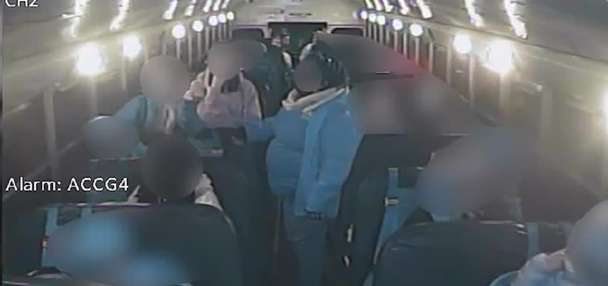Estimated read time: 2-3 minutes
- Weber State University has announced a partial tuition freeze for students under 60 credit hours.
- This initiative aims to save students $135 annually, impacting 49% of full-time resident students.
- WSU President Brad Mortensen hopes this pilot leads to larger savings for Utah students statewide.
OGDEN — Weber State University students with fewer than 60 credit hours are in for a bit of financial relief, as the university announced a pause of tuition and fee increases for the upcoming academic year.
The pause, which only applies to students with fewer than 60 credit hours, is estimated to save students $135 per year.
"It mostly means first-year and sophomore students. As long as they have fewer than 60 credit hours, they'll still see that," said WSU spokeswoman Rachel Badali, adding the same goes for students who are only pursuing an associate degree.
This move will likely be widely felt at the school, as 49% of full-time resident students at WSU have completed fewer than 60 credit hours.
University President Brad Mortensen said the freeze is a "modest start" to lay the groundwork for what he hopes will be even bigger savings for Utah students in the future.
"We know that every dollar matters for our students, so we're hoping this pilot program can serve as a model for the state to follow and eventually get students saving closer to $1,000 per year," Mortensen said in a statement.
In fact, a recent Utah-focused study by Cicero found cost is a common barrier to pursuing and completing higher education.
Additionally, a 2024 report from the University of Utah Kem C. Gardner Policy Institute predicts Utah's college-age population will likely start dropping in 2032 and decline for over a decade before rebounding. The report goes on to say that if the state's current approaches remain unchanged, this demographic dip will impact enrollment and revenues at Utah's eight public colleges and universities, as well as eight technical colleges.
WSU's response and partial tuition freeze are also a result of its dual mission, with the university serving students pursuing two-year degrees and four-year degrees, alike.
Mortensen said he thinks tuition rates should also be distinct for the two student groups in order to help remove cost barriers for those in their first two years of college.
"Getting an associate degree should be just as affordable at four-year colleges as it is at community colleges," Mortensen said, adding that he believes the coming school year will prove the benefits of implementing similar tuition rates across Utah's higher education institutions.









